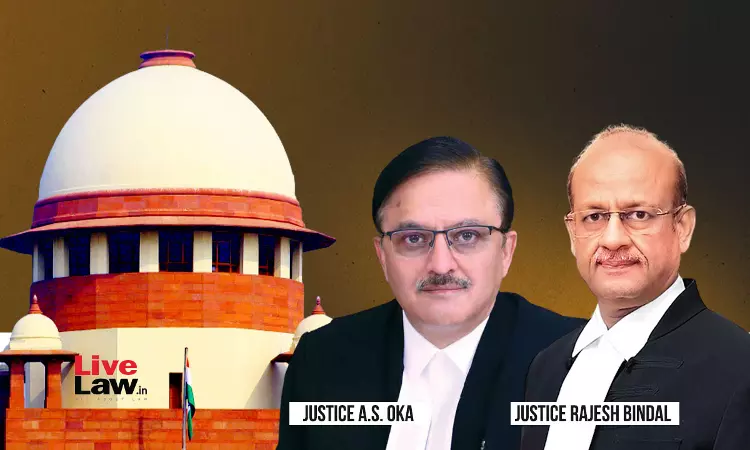Supreme Court Laments Trial Judges Not Using Section 313(5) CrPC; Asks Judicial Academies To Take Notice
Udit Singh
15 May 2023 3:31 PM IST

Next Story
15 May 2023 3:31 PM IST
The Supreme Court recently opined that while recording the statement under Section 313 of CrPC in cases involving a large number of prosecution witnesses, the Judicial Officers should take benefit of Section 313 (5) of CrPC, which will ensure that the chances of committing errors and omissions are minimized.Section 313(5) CrPC says that the Court may take help of Prosecutor and Defence Counsel...
